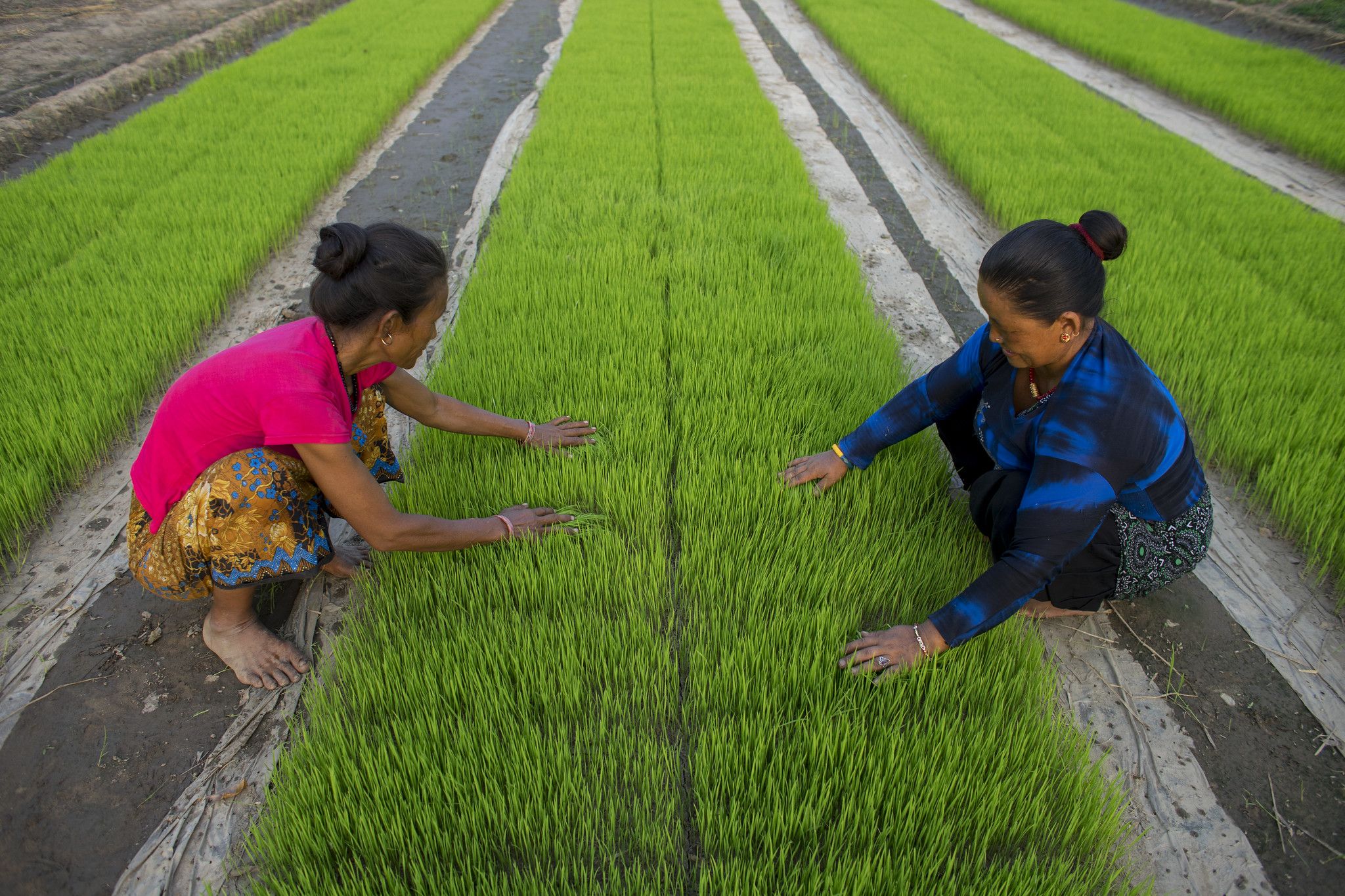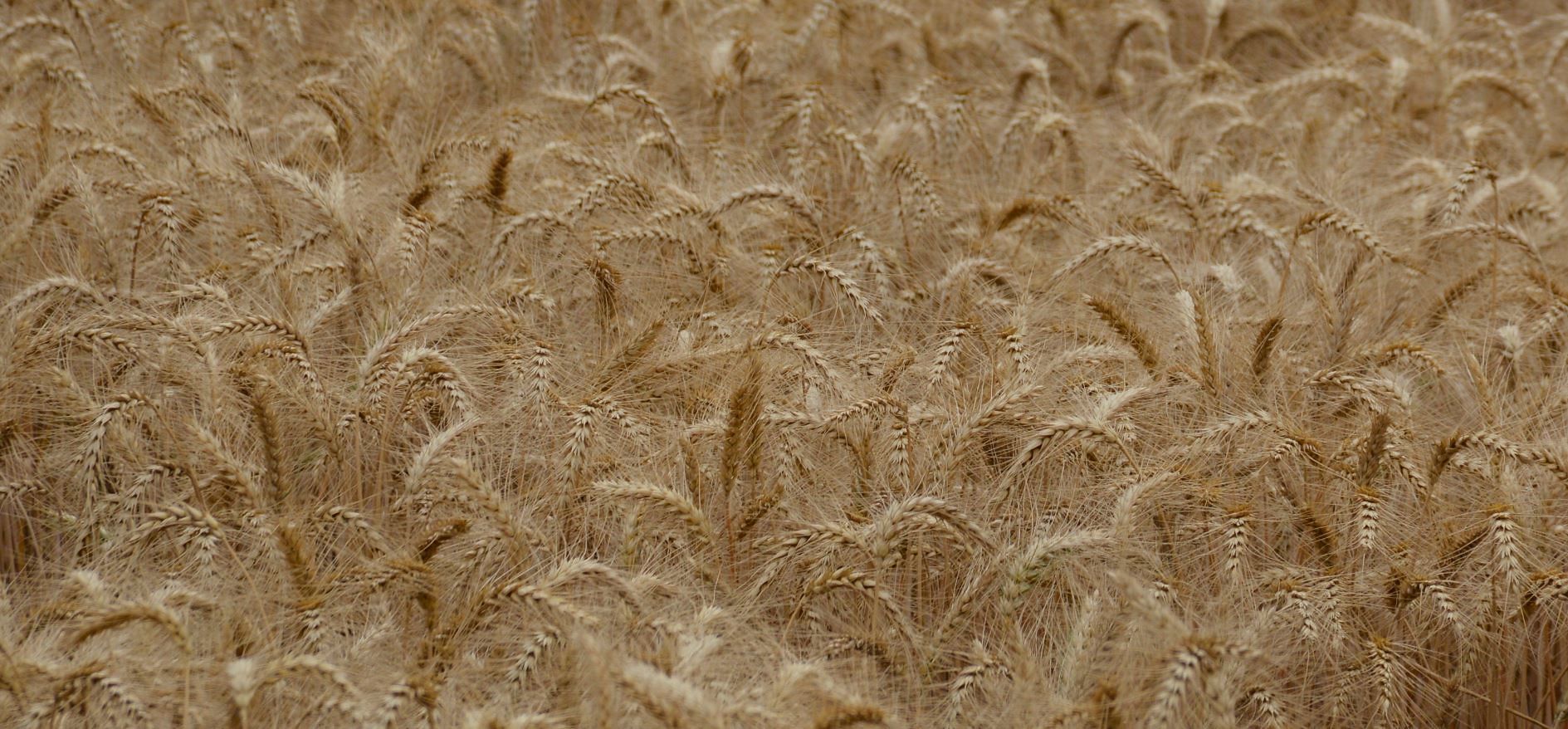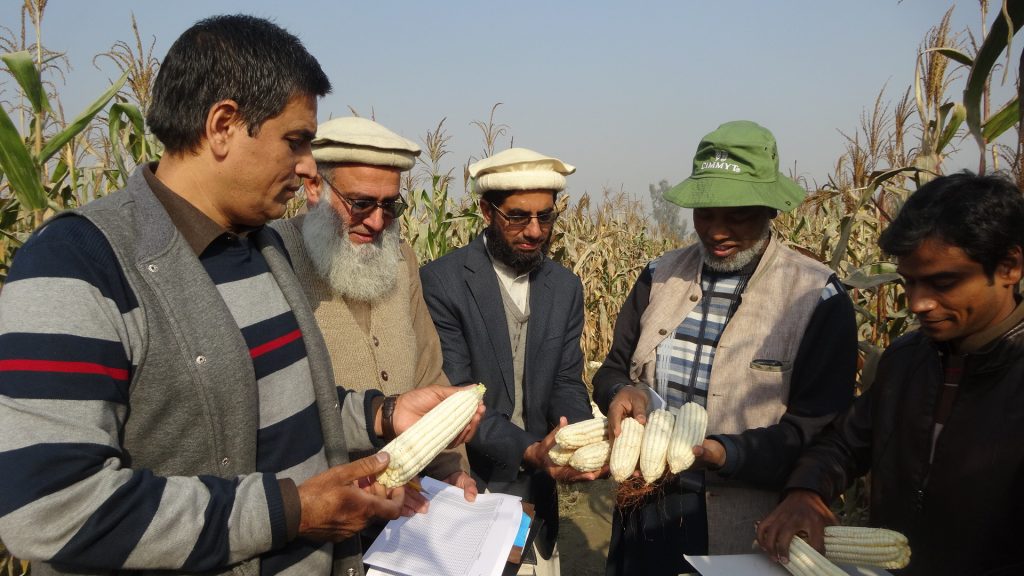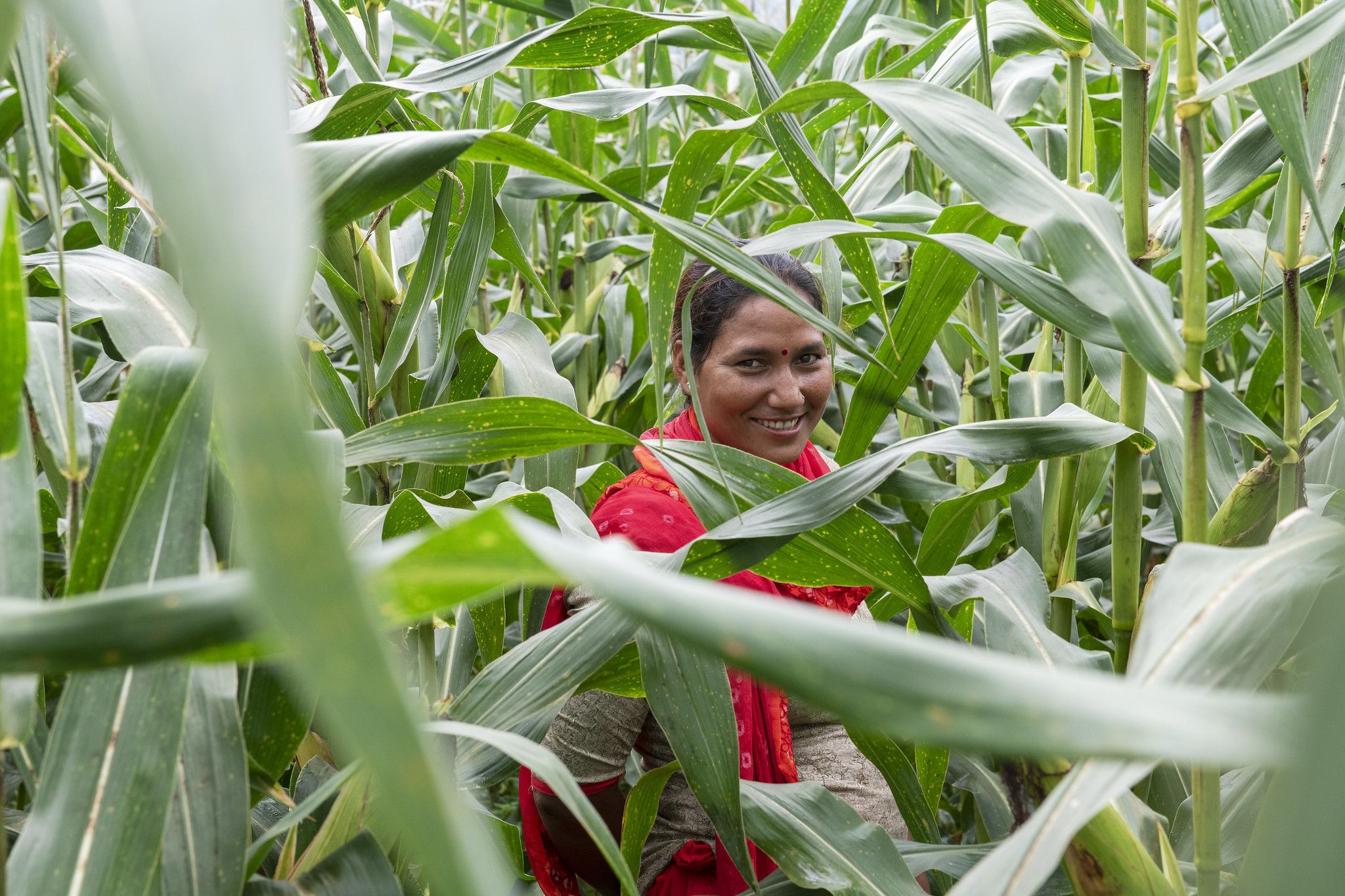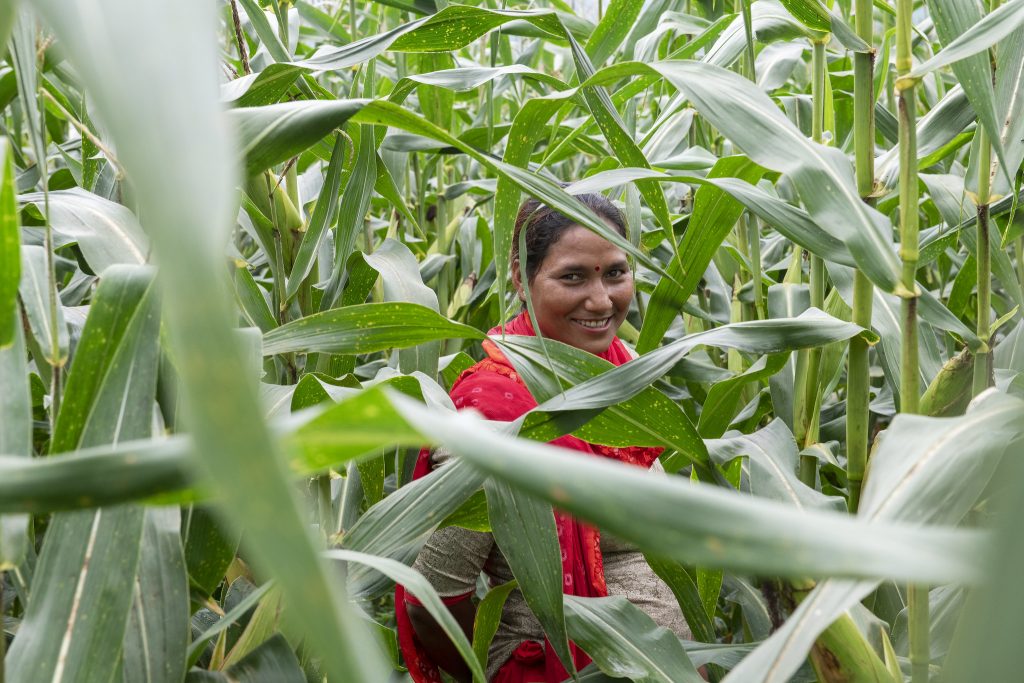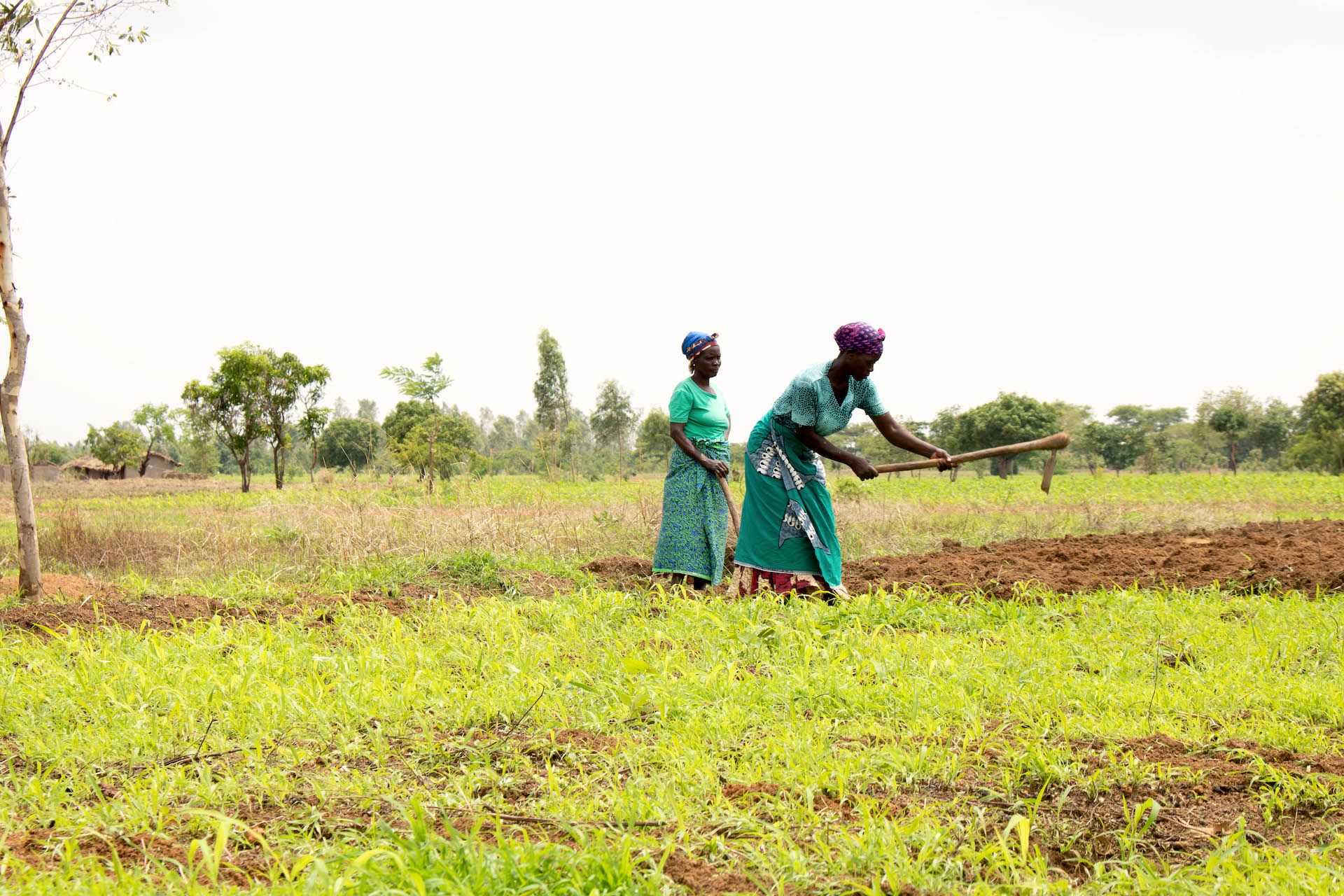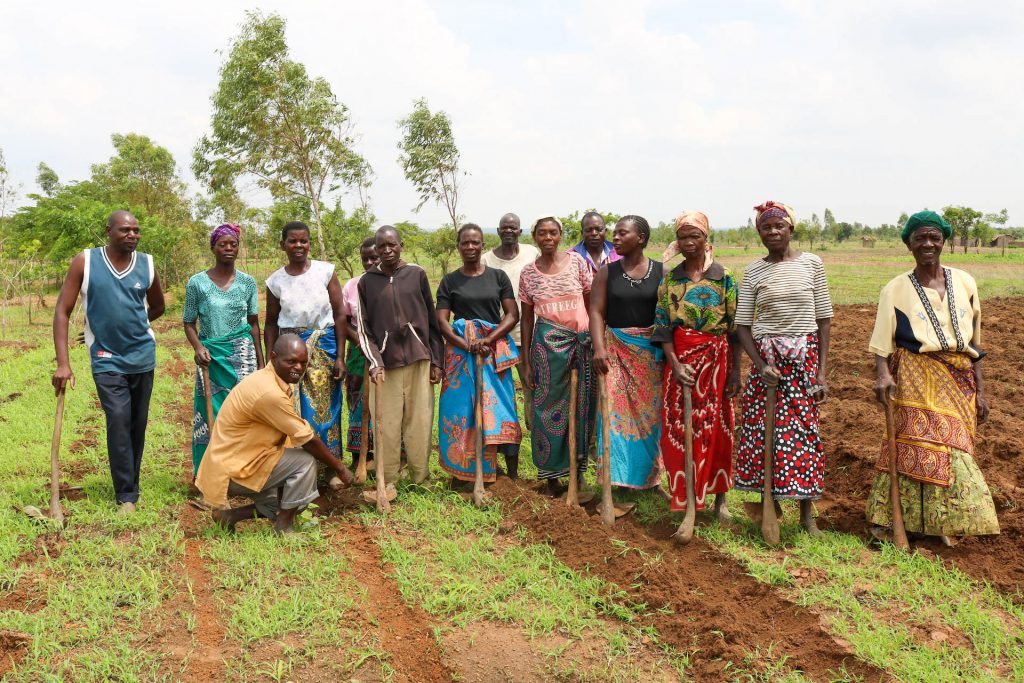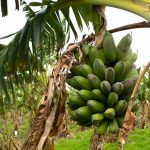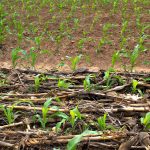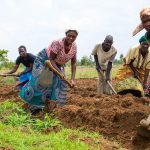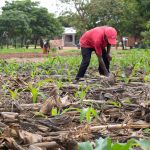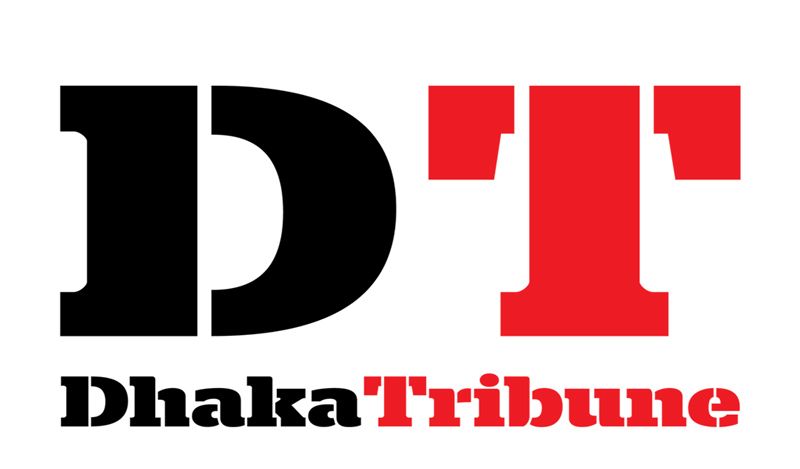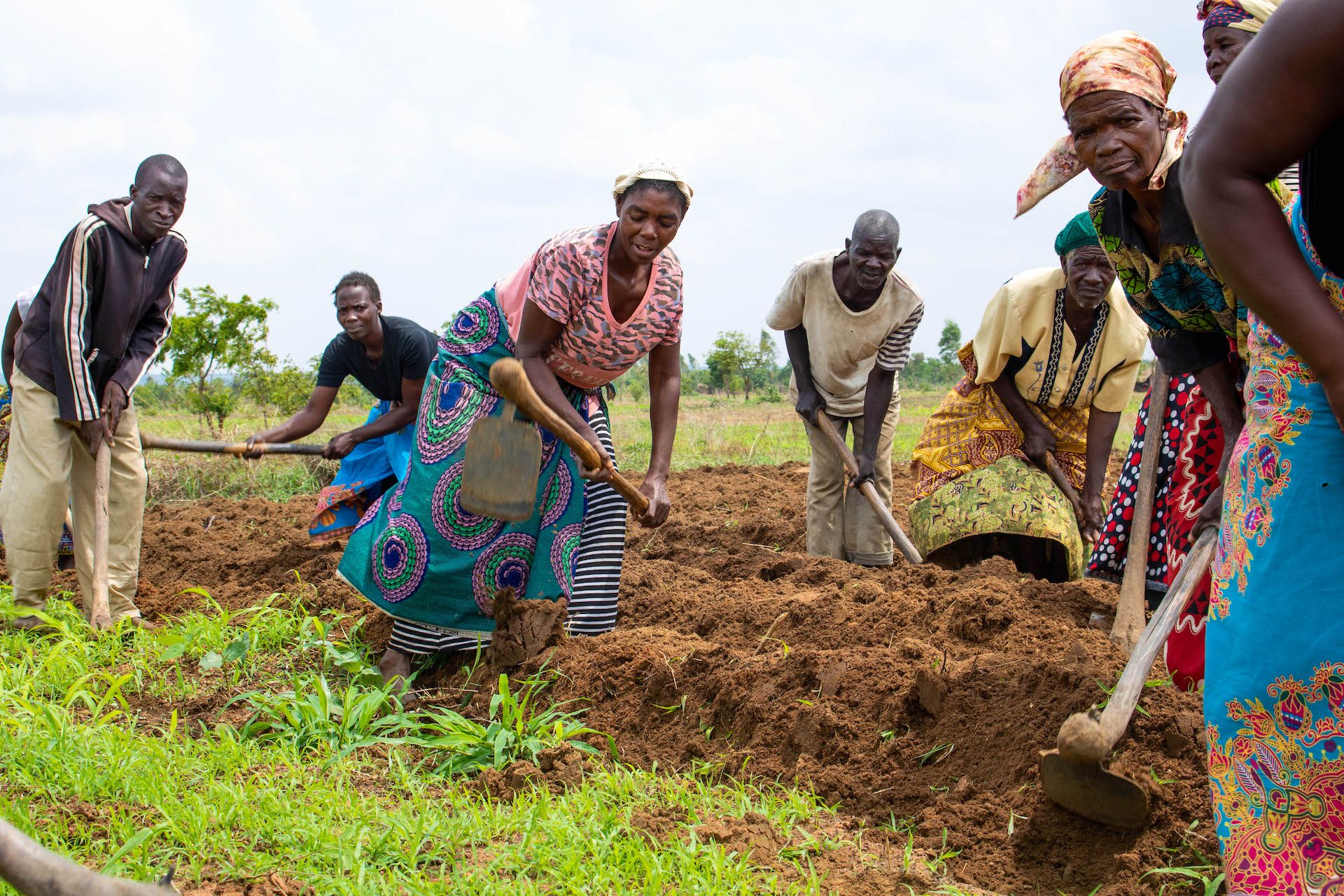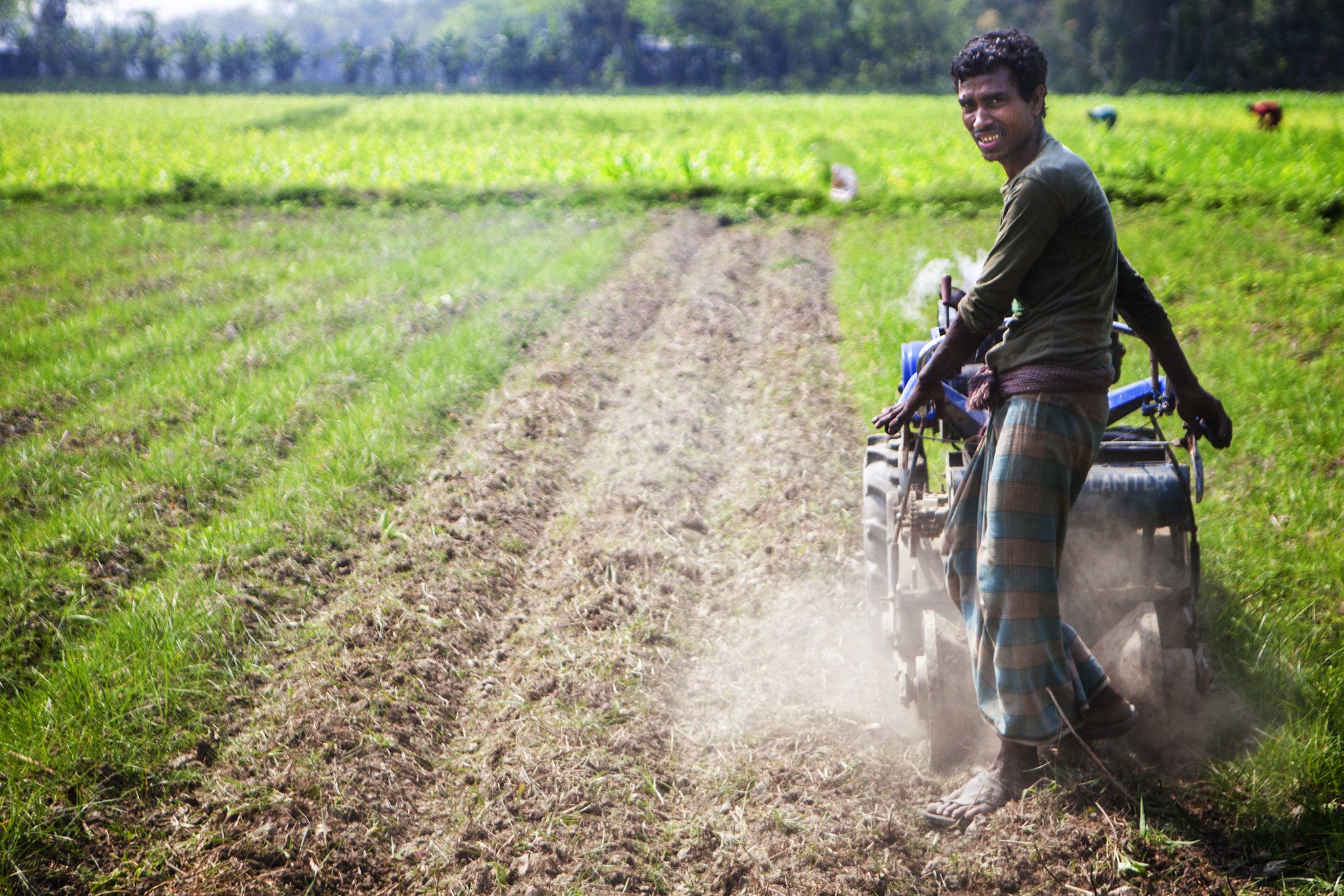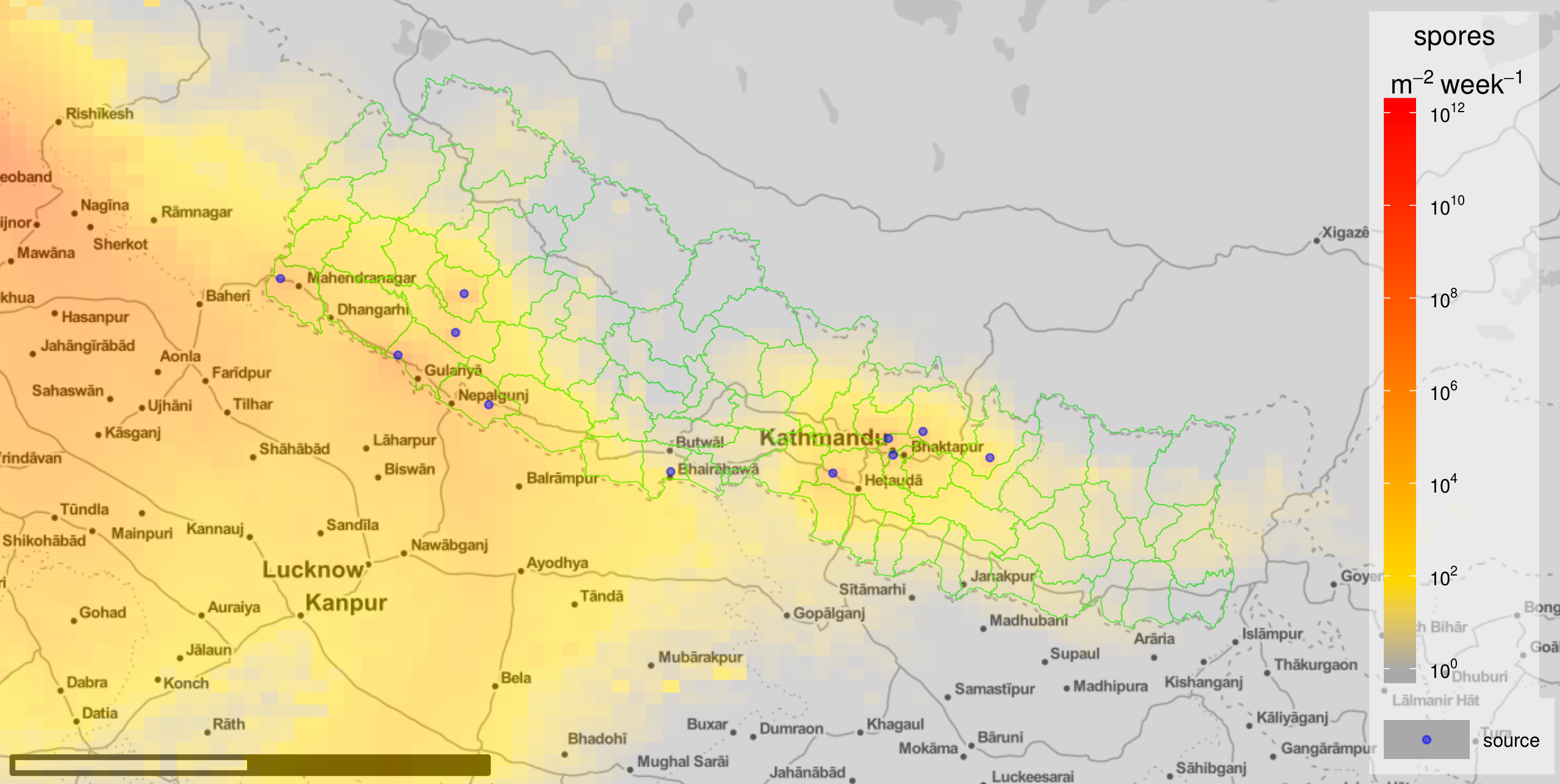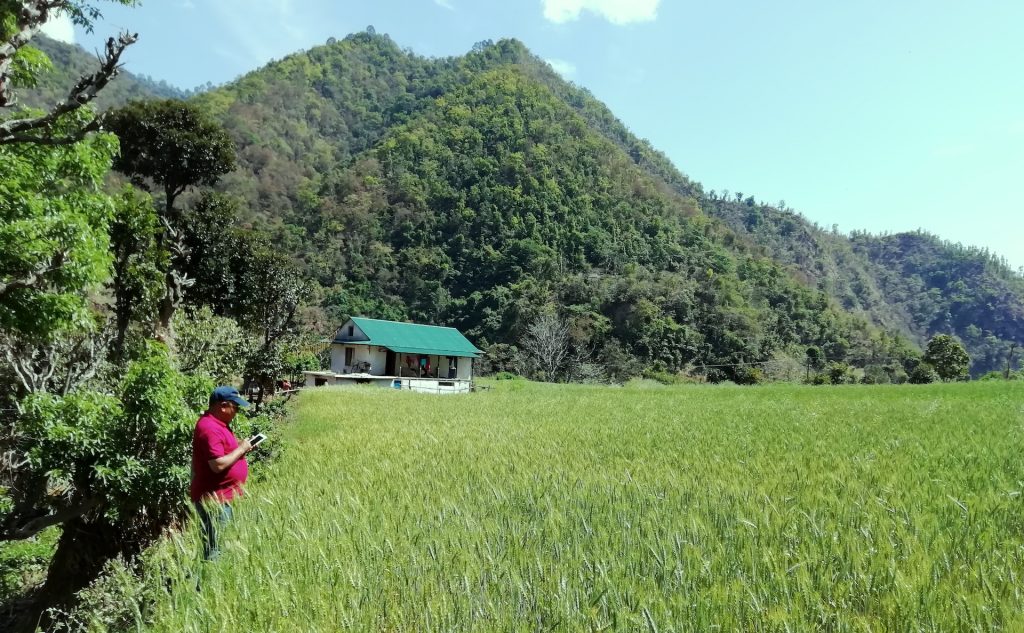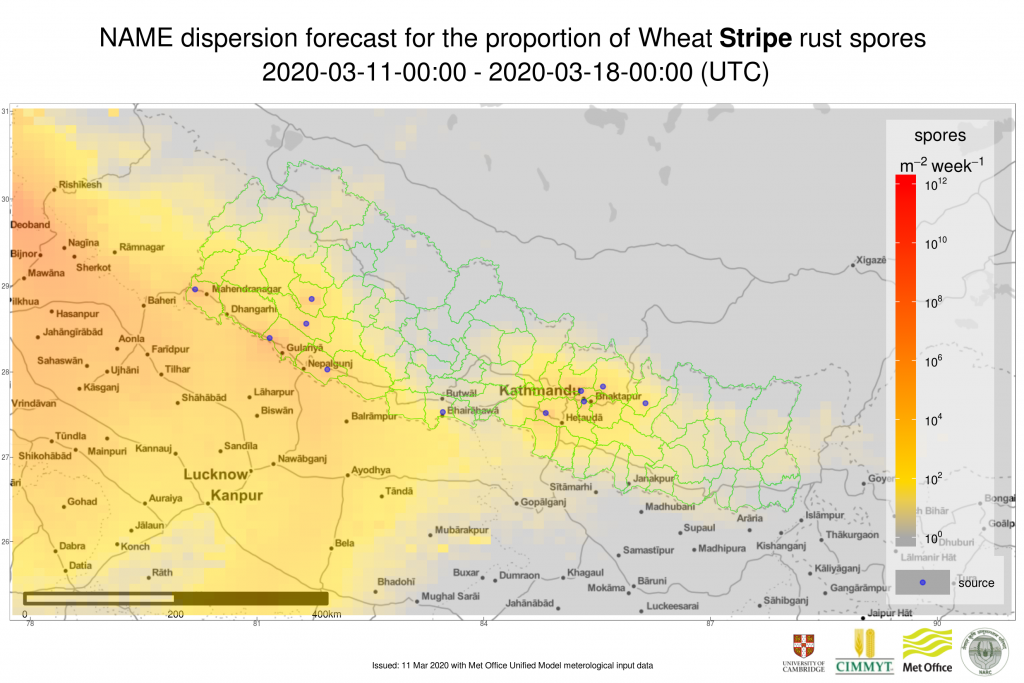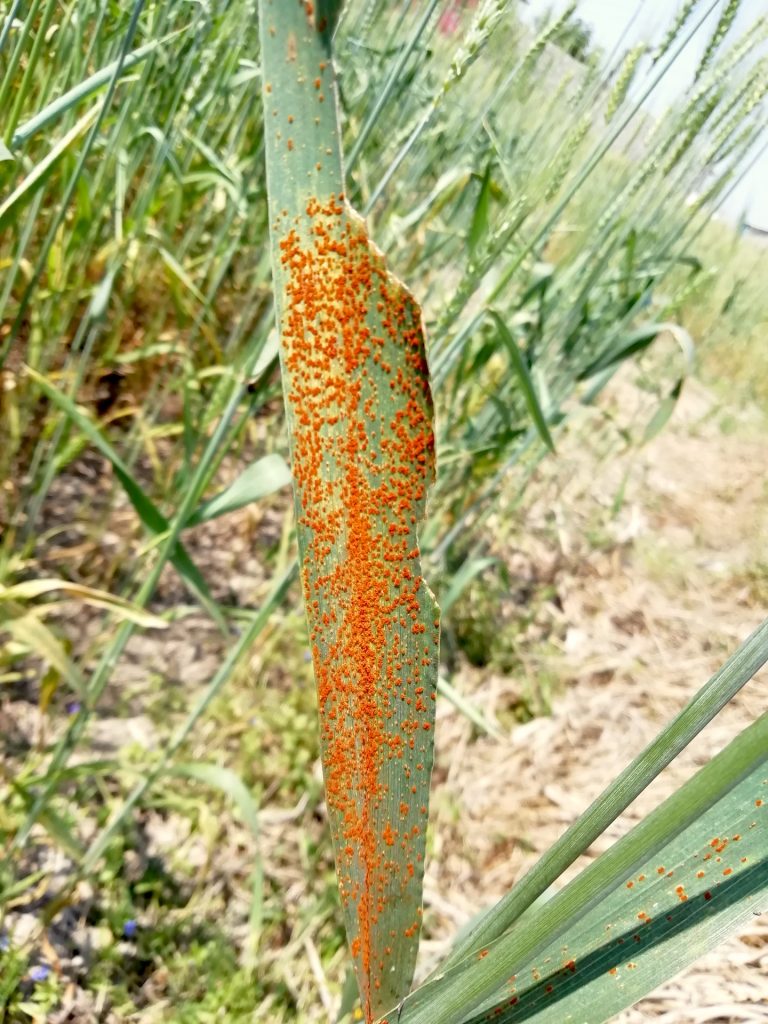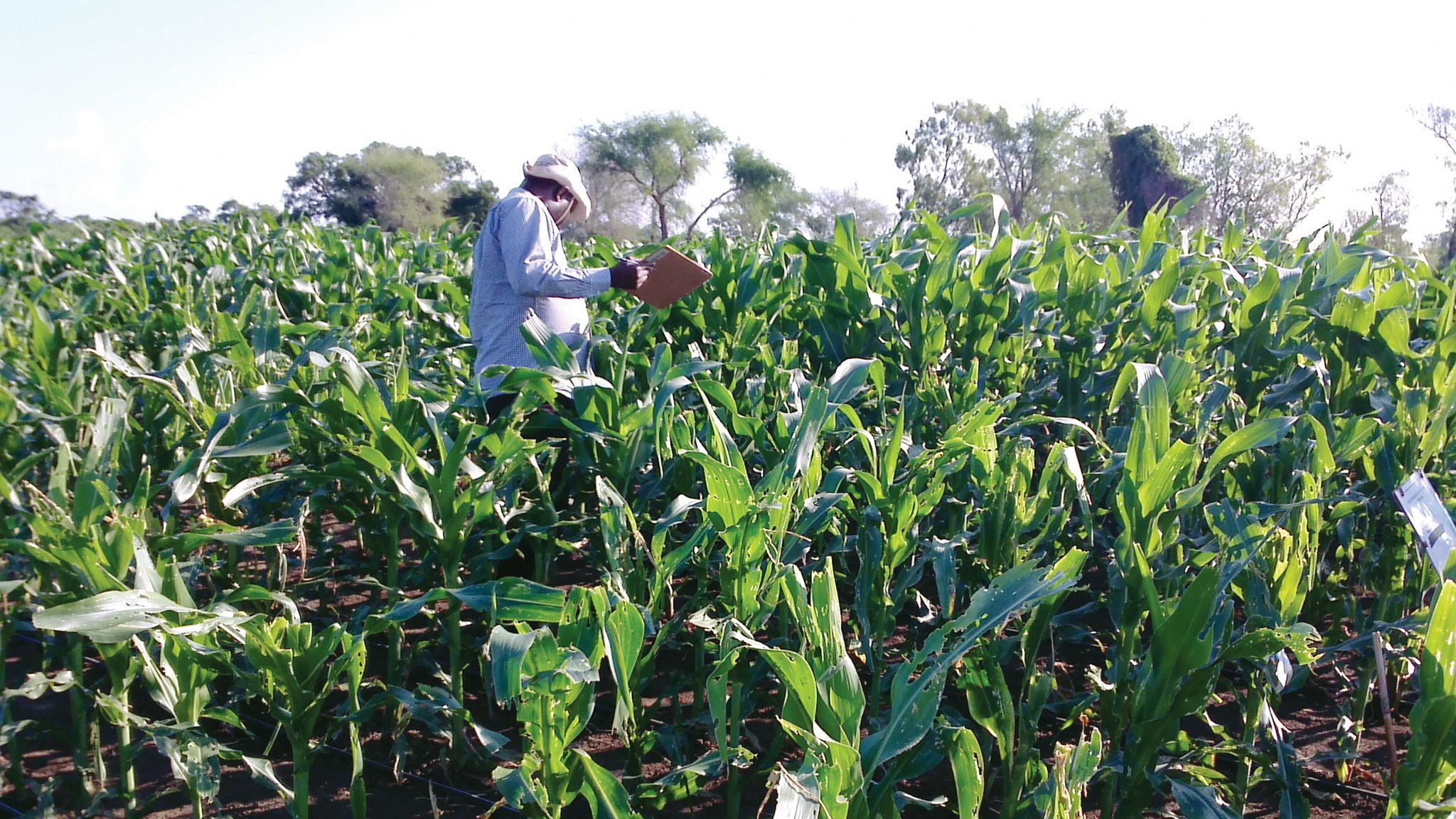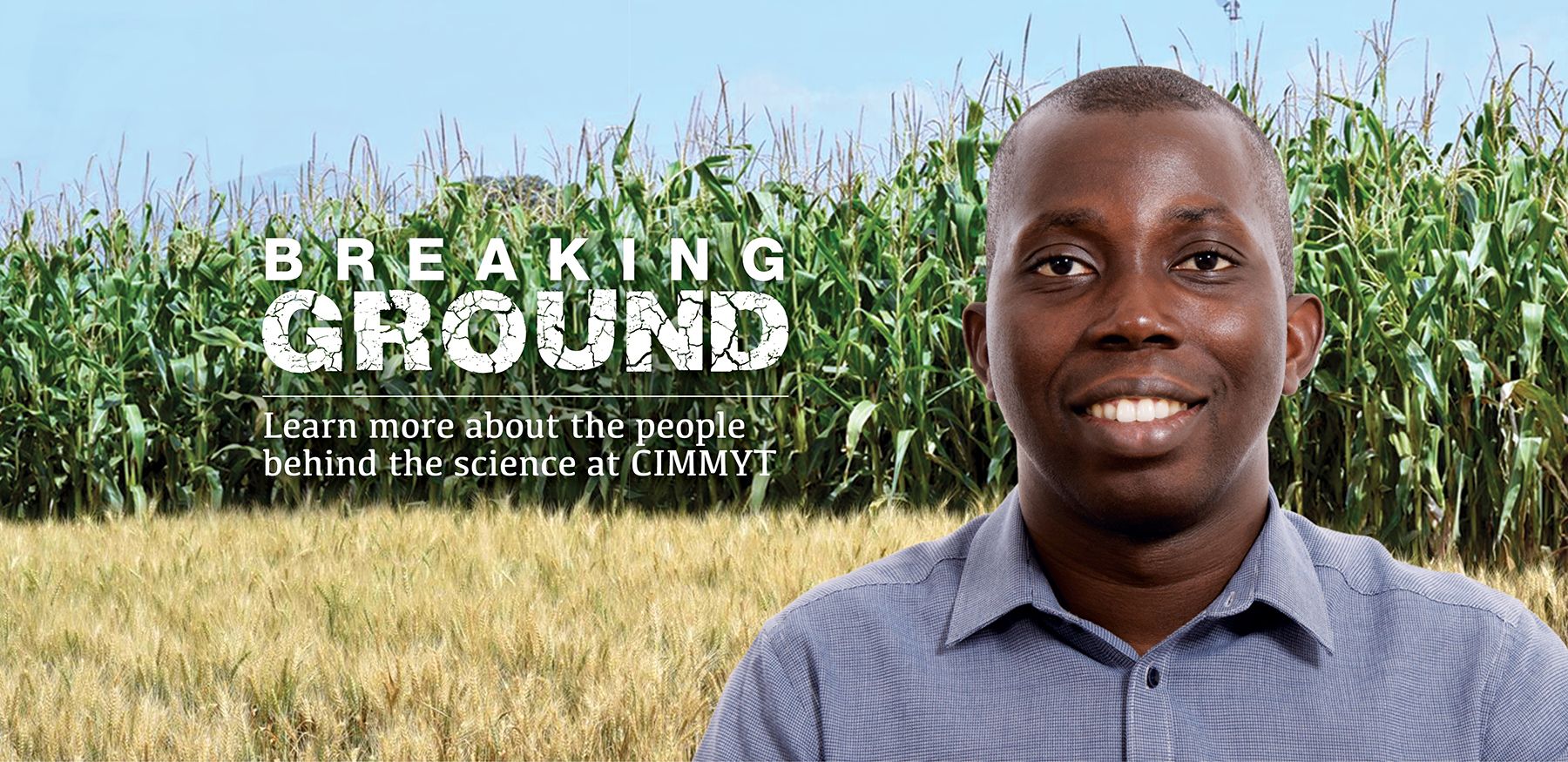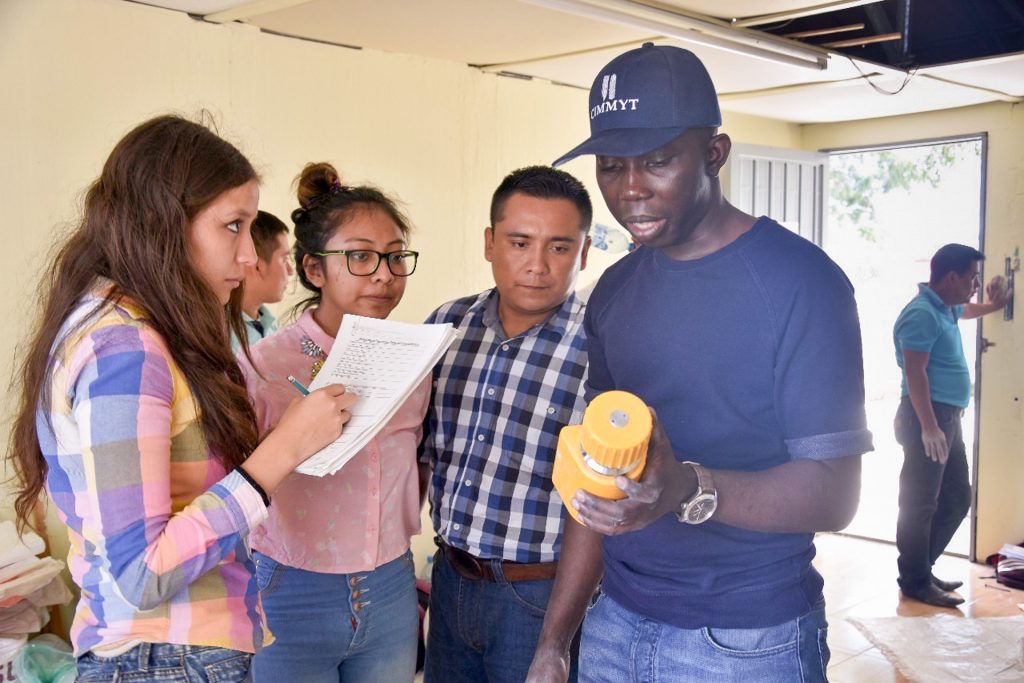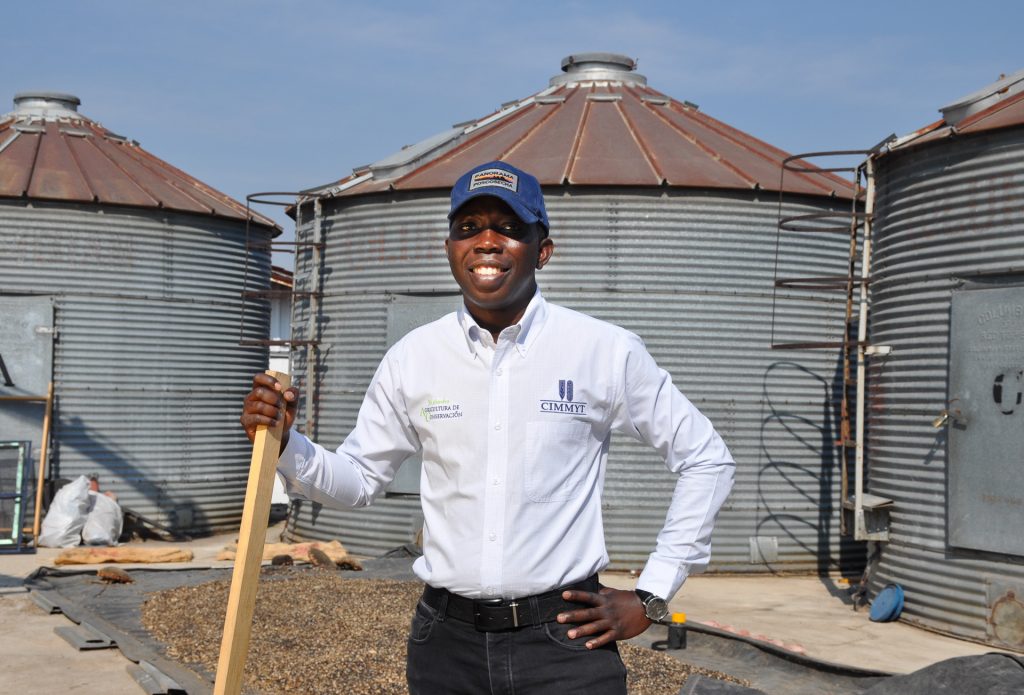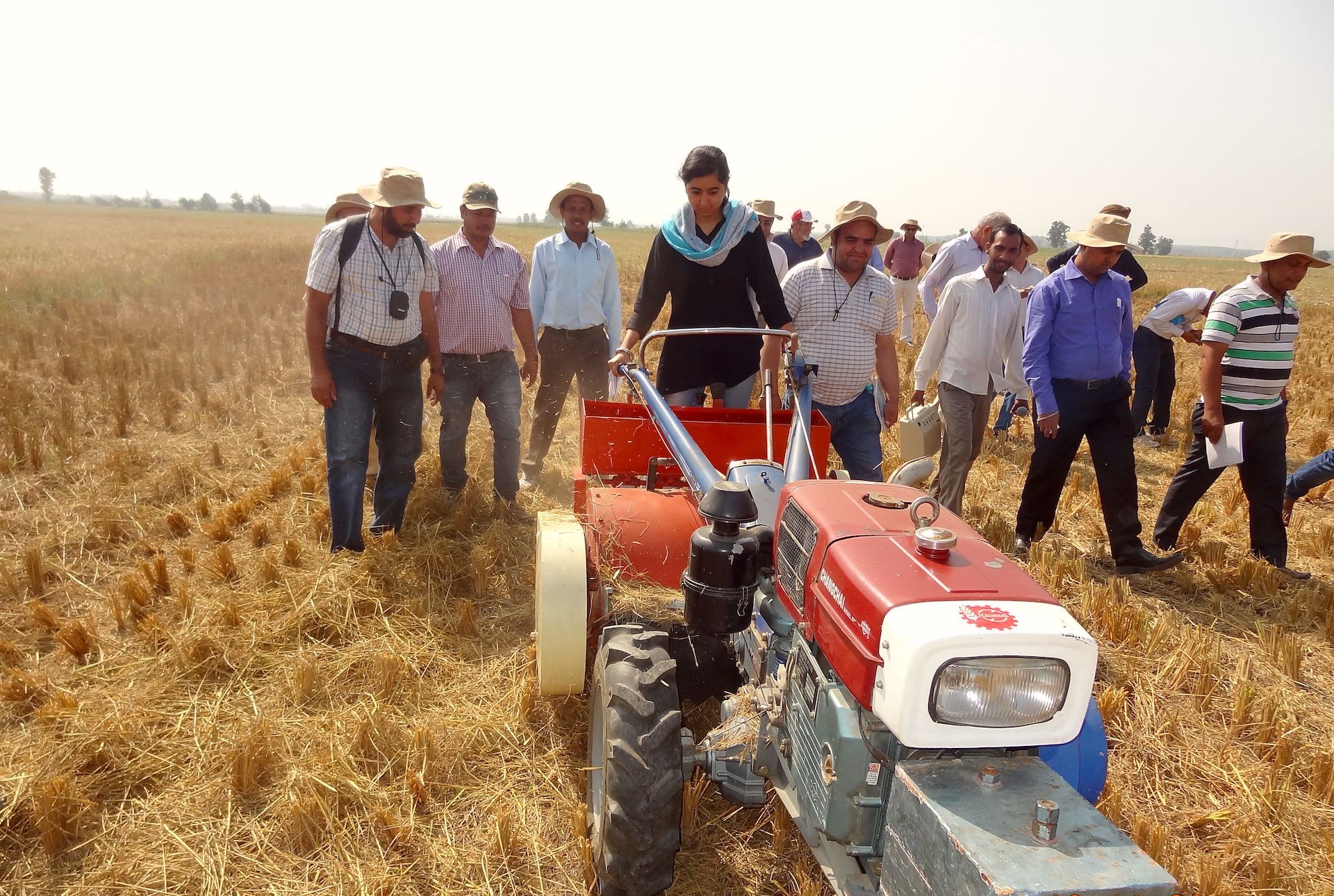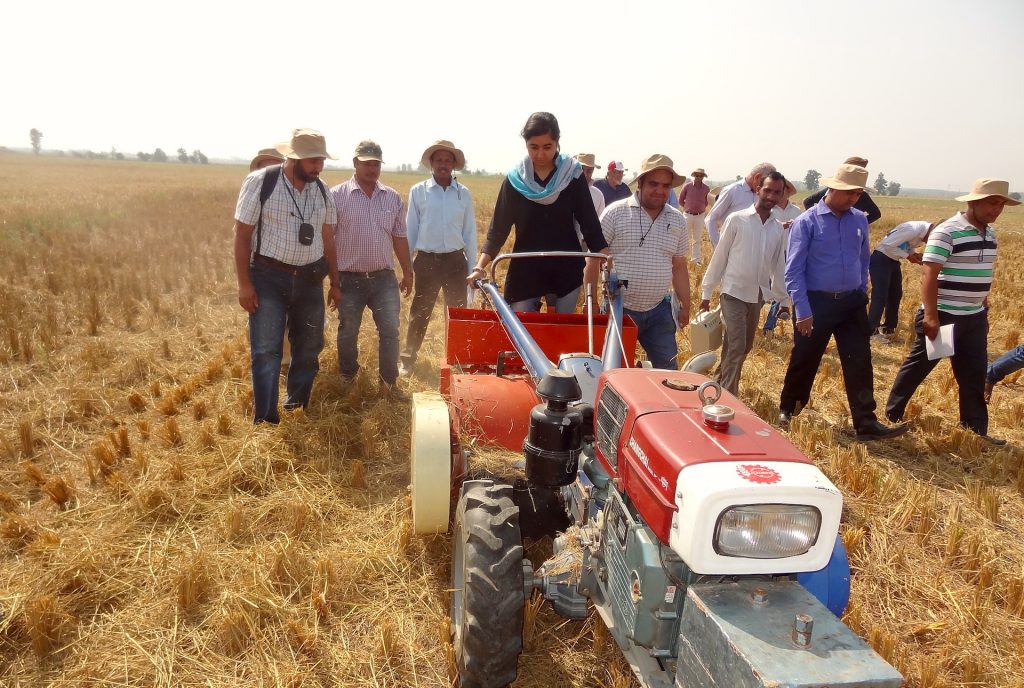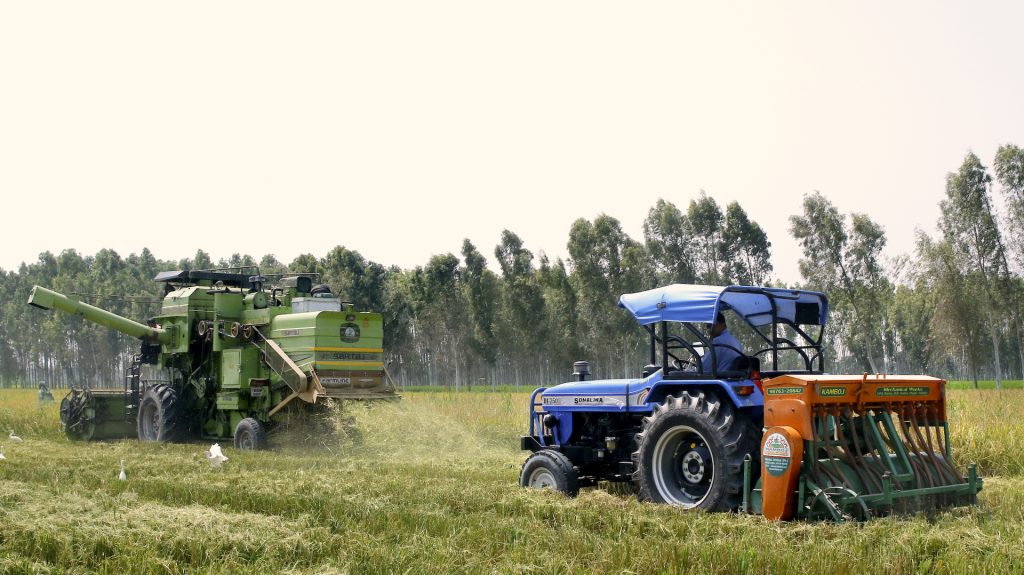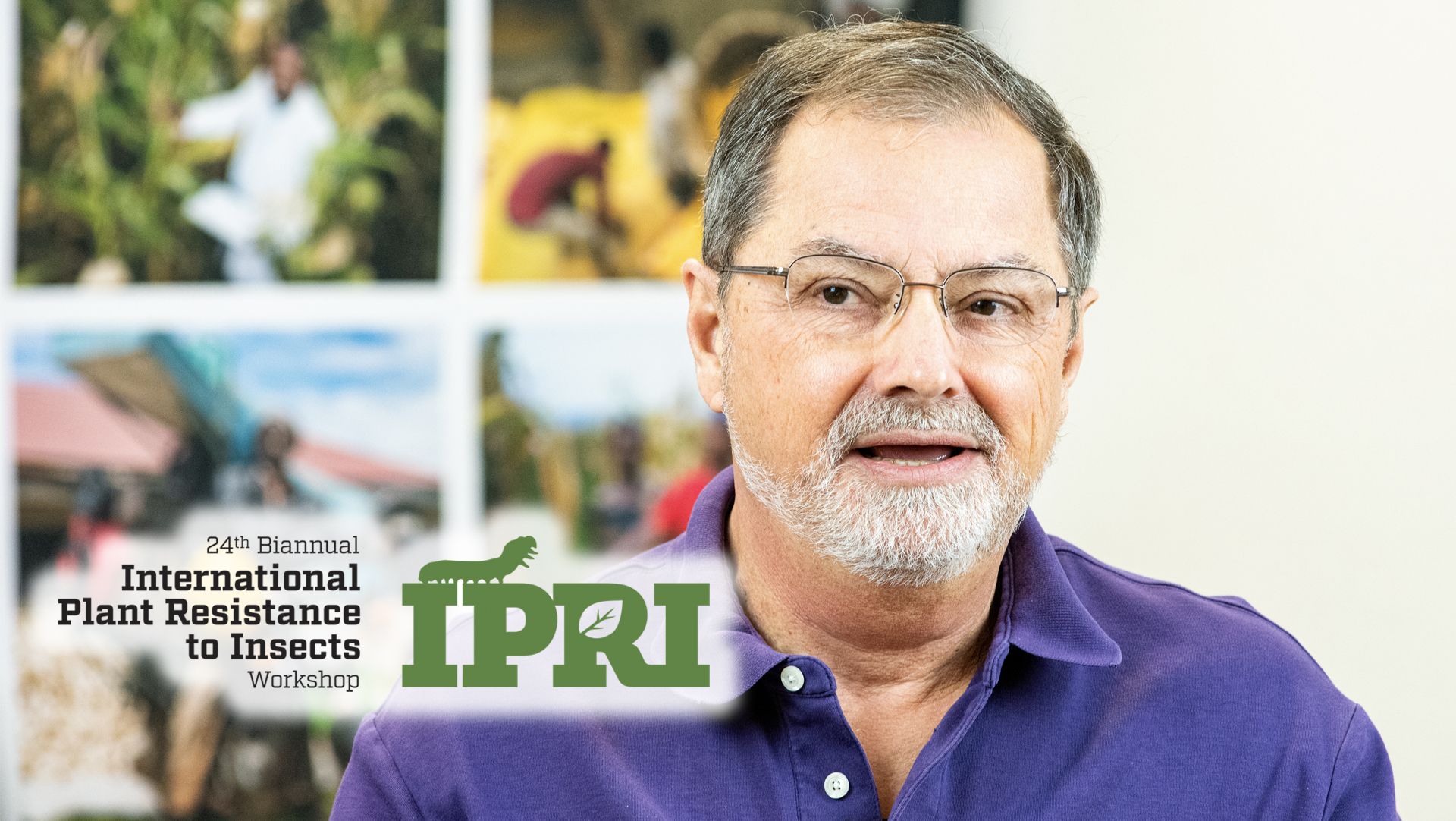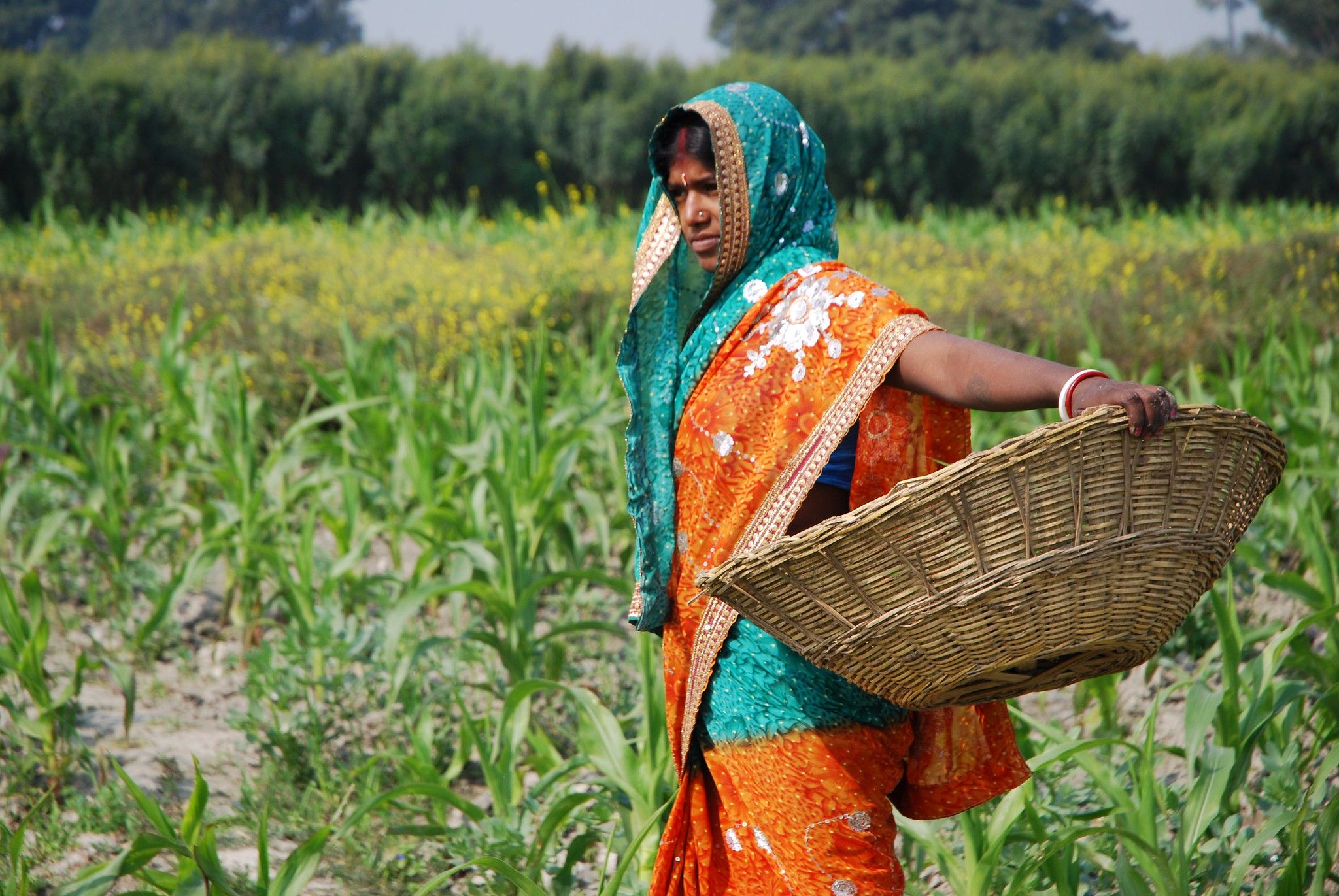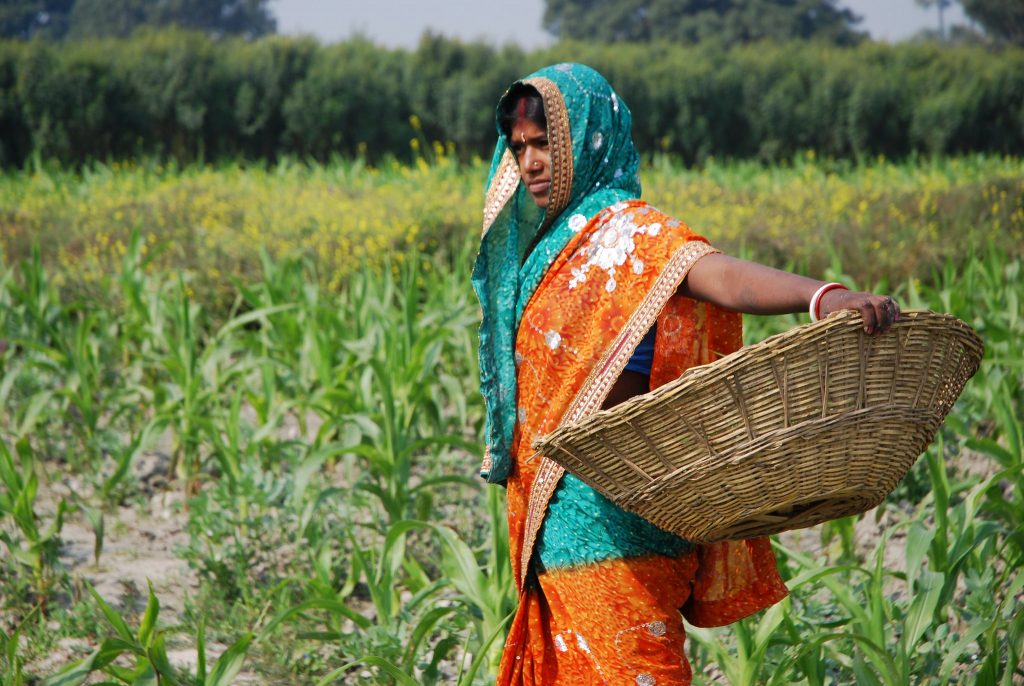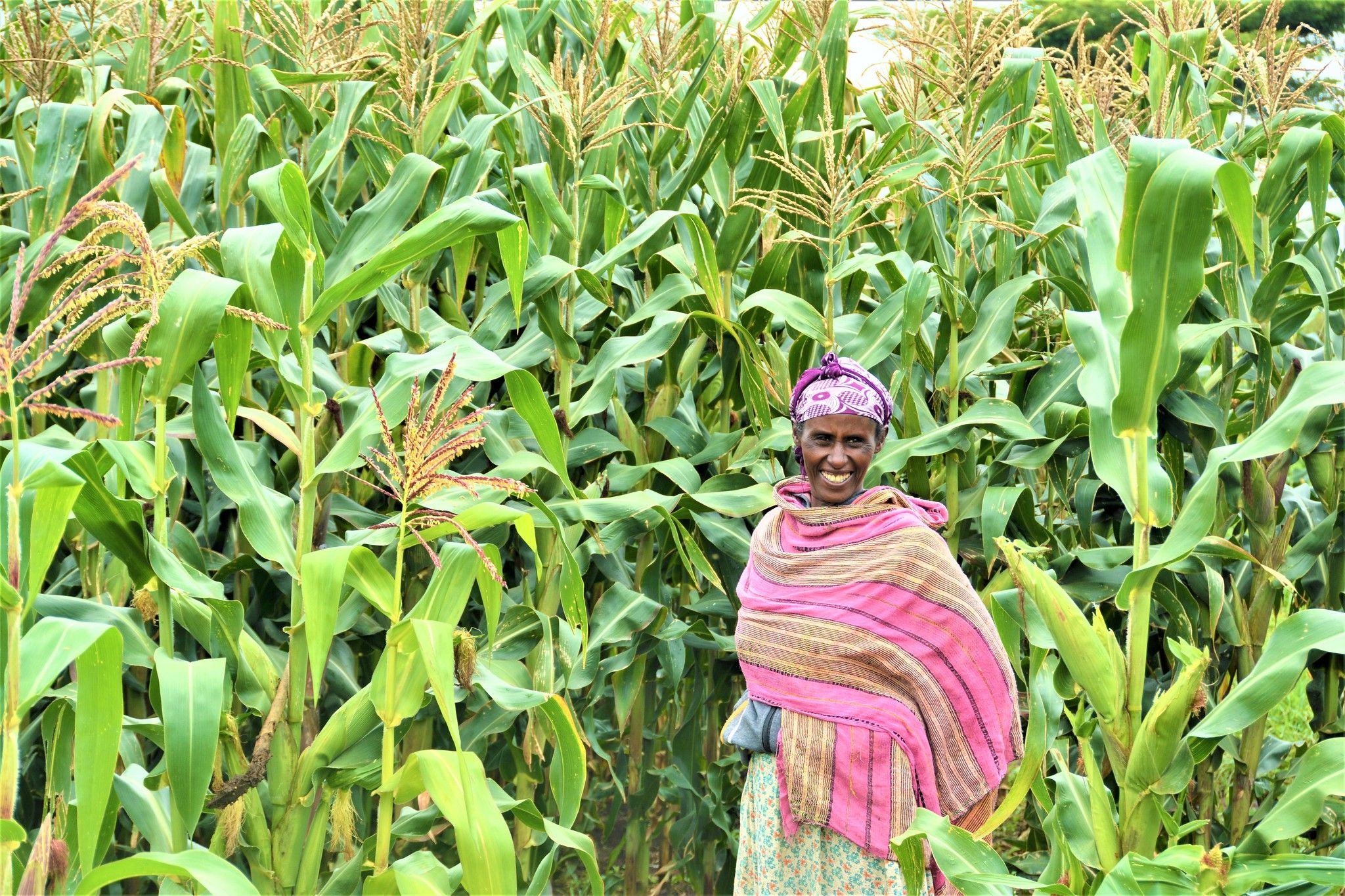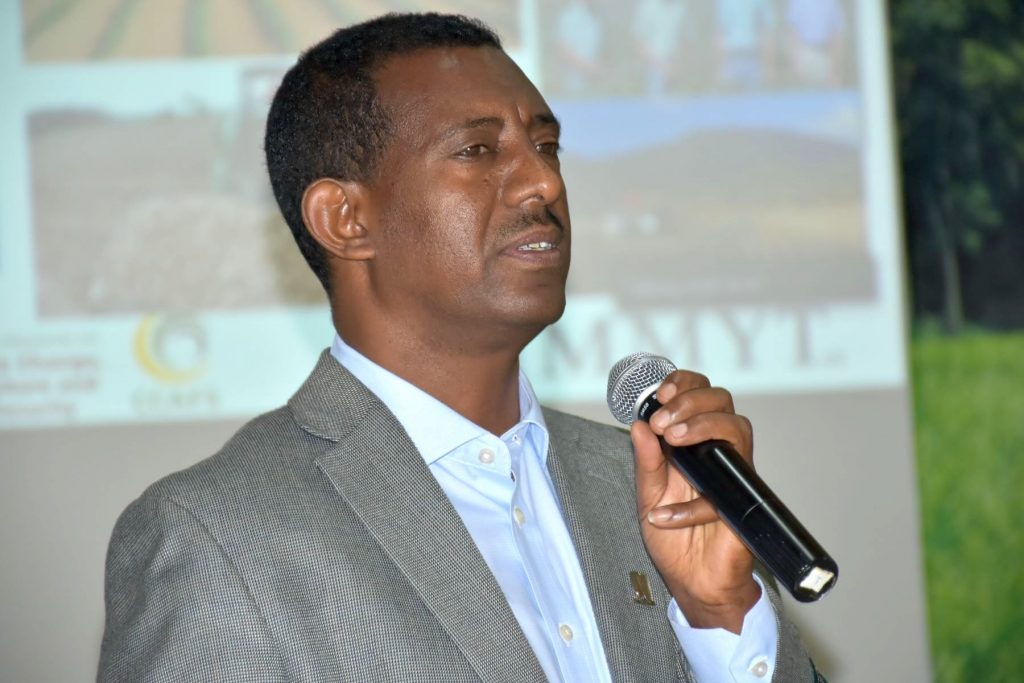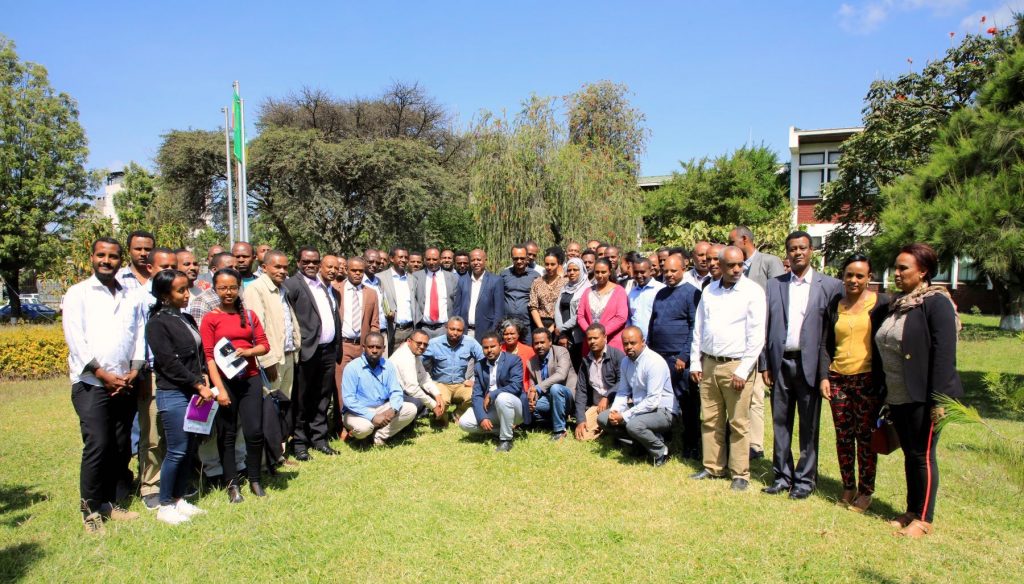Asia Regional Resilience to a Changing Climate (ARRCC)
The Asia Regional Resilience to a Changing Climate (ARRCC) program is managed by the UK Met Office, supported by the World Bank and the UK’s Department for International Development (DFID). The four-year program, which started in 2018, aims to strengthen weather forecasting systems across Asia. The program will deliver new technologies and innovative approaches to help vulnerable communities use weather warnings and forecasts to better prepare for climate-related shocks.
Since 2019, as part of ARRCC, CIMMYT has been working with the Met Office and Cambridge University to pilot an early warning system to deliver wheat rust and blast disease predictions directly to farmers’ phones in Bangladesh and Nepal.
The system was first developed in Ethiopia. It uses weather information from the Met Office, the UK’s national meteorological service, along with field and mobile phone surveillance data and disease spread modeling from the University of Cambridge, to construct and deploy a near real-time early warning system.
Phase I: 12-Month Pilot Phase
Around 50,000 smallholder farmers are expected to receive improved disease warnings and appropriate management advisories in the first 12 months as part of a proof-of-concept modeling and pilot advisory extension phase focused on three critical diseases:
- Wheat stripe rust in Nepal: extend and test the modelling framework developed in Ethiopia to smallholder farmers in Nepal as proof-of concept;
- Wheat stem rust in Bangladesh and Nepal: while stem rust is currently not widely established in South Asia, models indicate that devastating incursion from neighboring regions is likely. This work will prepare for potential incursions of new rust strains in both countries;
- Wheat blast in Bangladesh: this disease is now established in Bangladesh. This work will establish the feasibility of adapting the dispersal modelling framework to improve wheat blast predictability and deploy timely preventative management advisories to farmers.
Phase II: Scaling-out wheat rust early warning advisories, introducing wheat blast forecasting and refinement model refinement
Subject to funding approval the second year of the project will lead to validation of the wheat rust early warnings, in which researchers compare predictions with on-the-ground survey results, increasingly supplemented with farmer response on the usefulness of the warnings facilitated by national research and extension partners. Researchers shall continue to introduce and scale-out improved early warning systems for wheat blast. Concomitantly, increasing the reach of the advice to progressively larger numbers of farmers while refining the models in the light of results. We anticipate that with sufficient funding, Phase II activities could reach up to 300,000 more farmers in Nepal and Bangladesh.
Phase III: Demonstrating that climate services can increase farmers’ resilience to crop diseases
As experience is gained and more data is accumulated from validation and scaling-out, researchers will refine and improve the precision of model predictions. They will also place emphasis on efforts to train partners and operationalize efficient communication and advisory dissemination channels using information communication technologies (ICTs) for extension agents and smallholders. Experience from Ethiopia indicates that these activities are essential in achieving ongoing sustainability of early warning systems at scale. Where sufficient investment can be garnered to support the third phase of activities, it is expected that an additional 350,000 farmers will receive disease management warnings and advisories in Nepal and Bangladesh, totaling 1 million farmers over a three-year period.
Objectives
- Review the feasibility of building resilience to wheat rust through meteorologically informed early warning systems.
- Adapt and implement epidemiological forecasting protocols for wheat blast in South Asia.
- Implement processes to institutionalize disease early warning systems in Nepal and Bangladesh.
